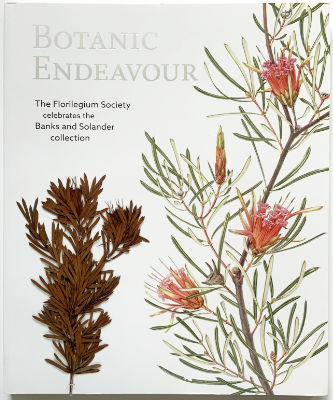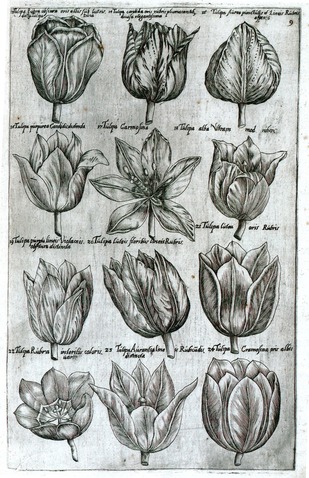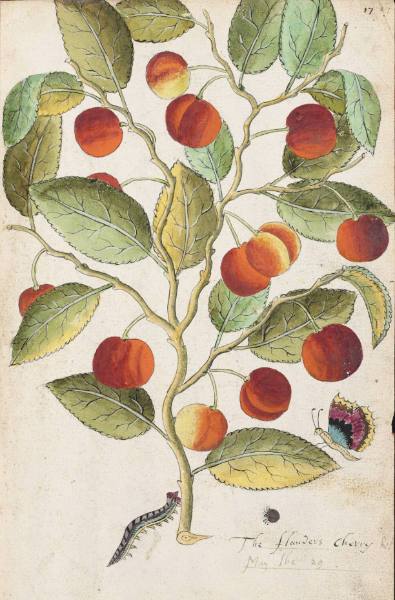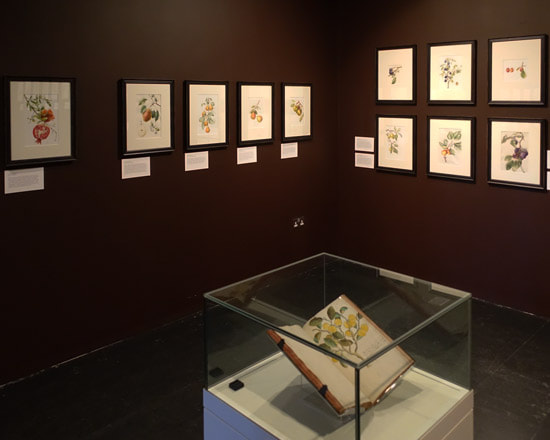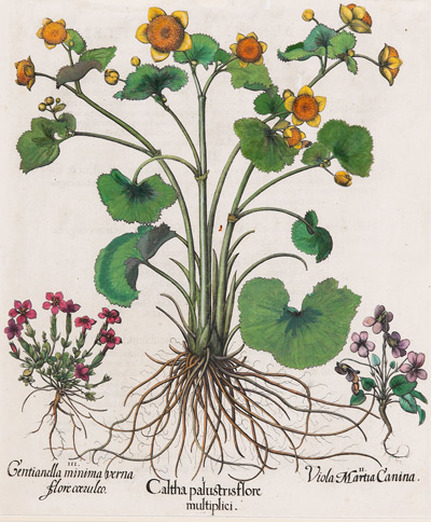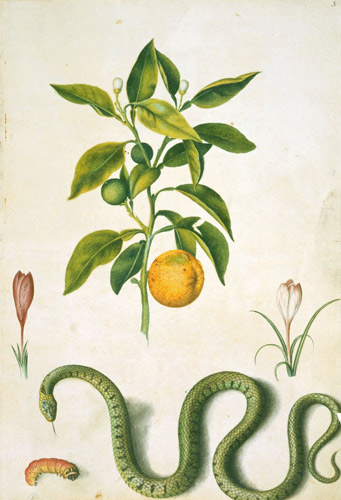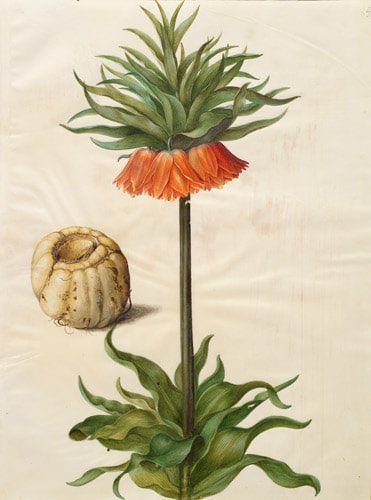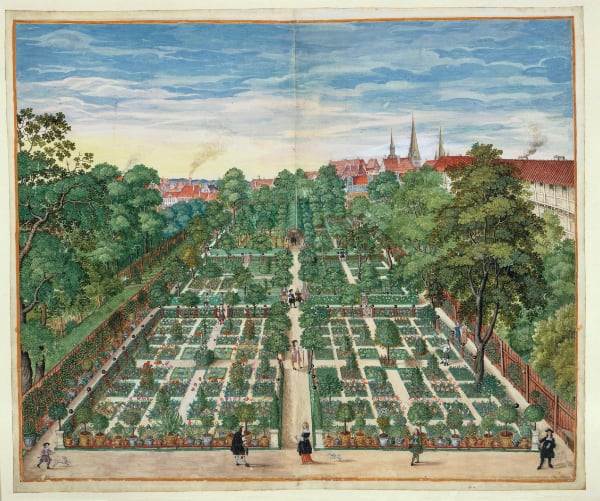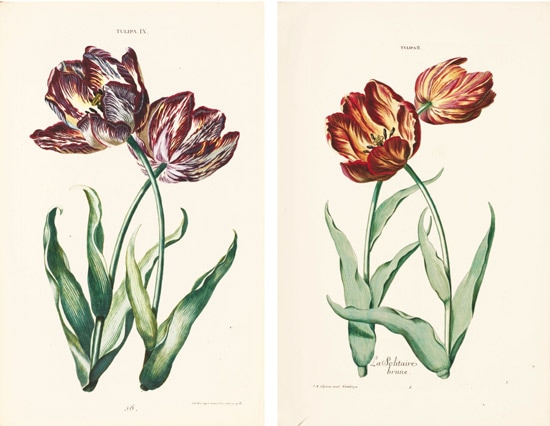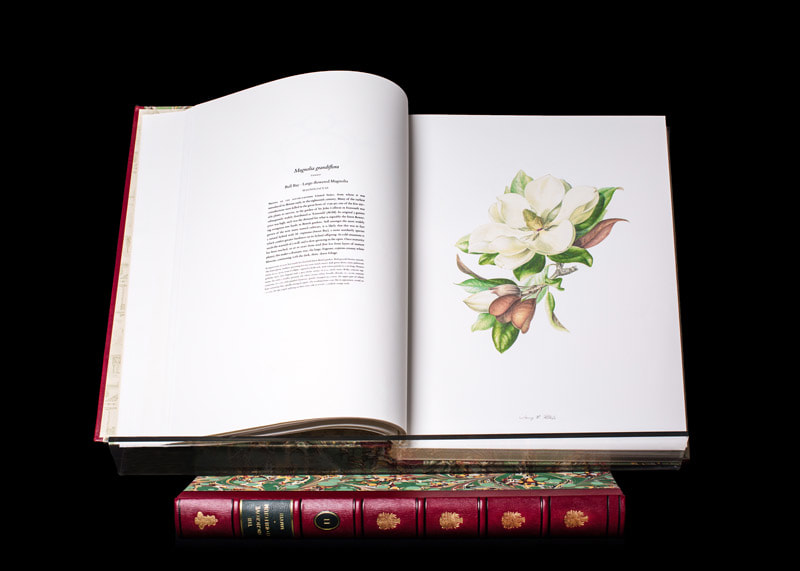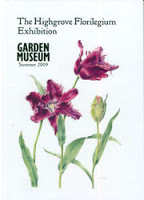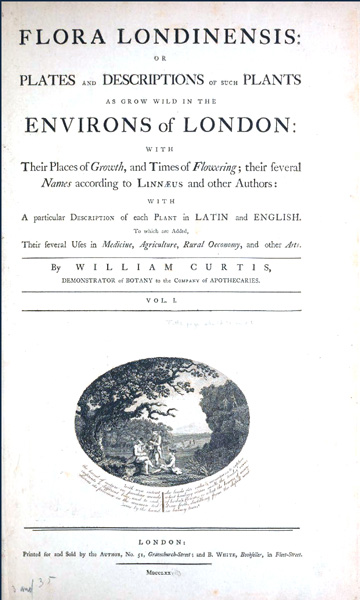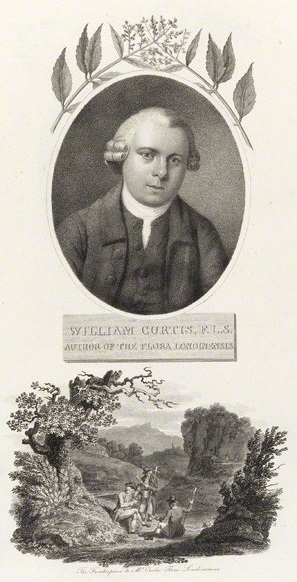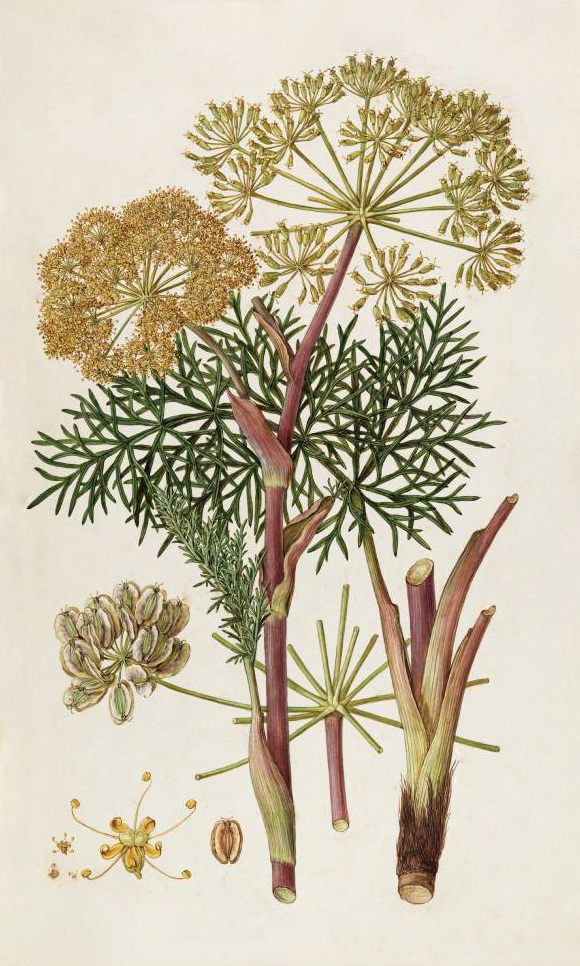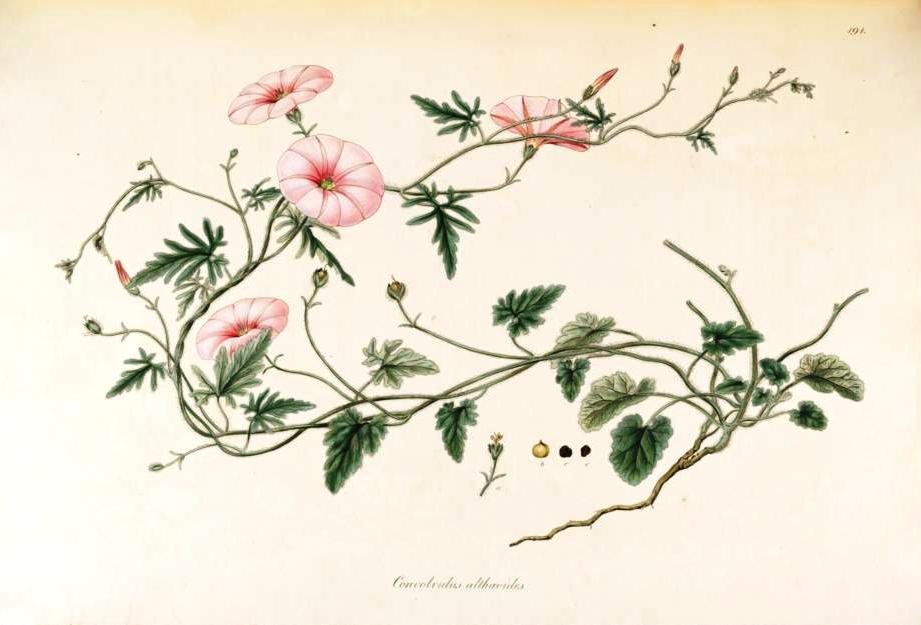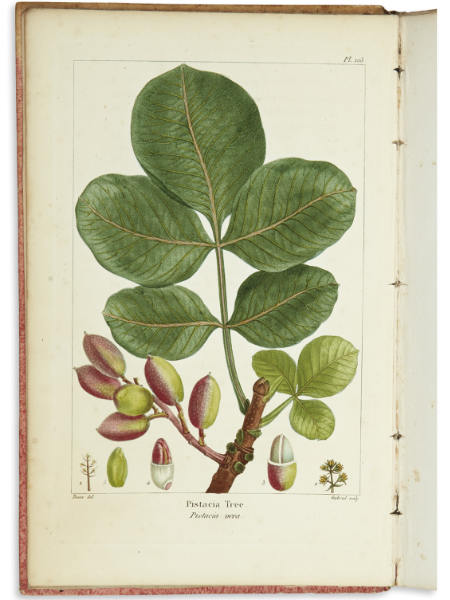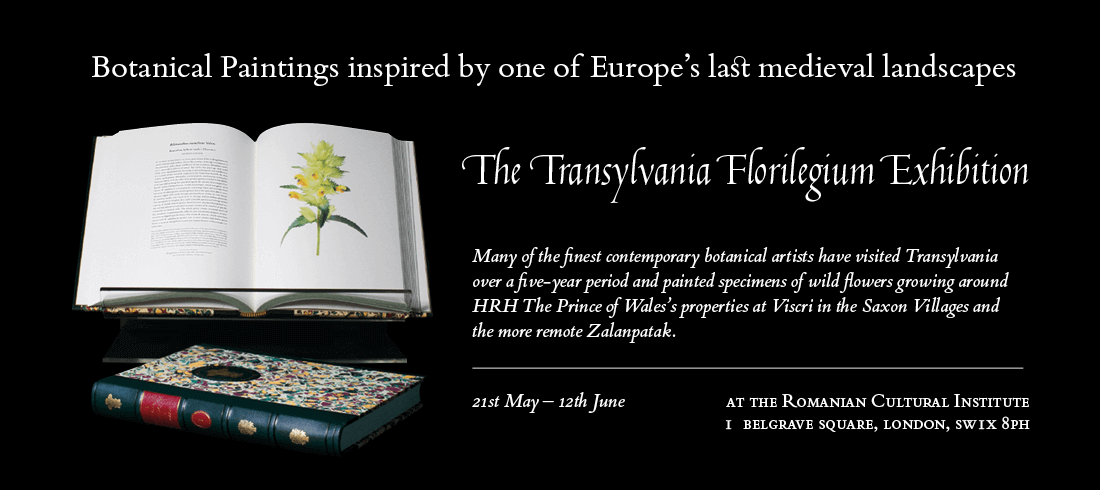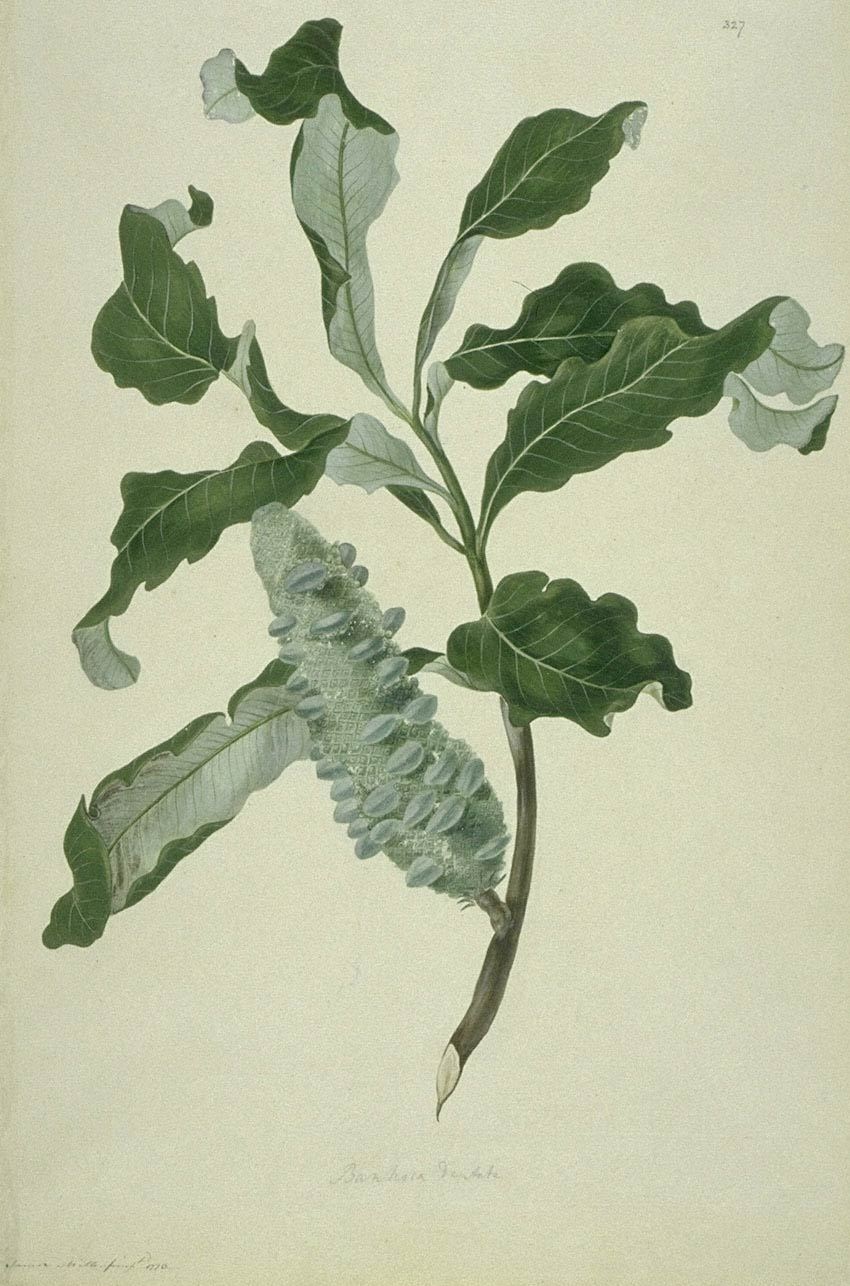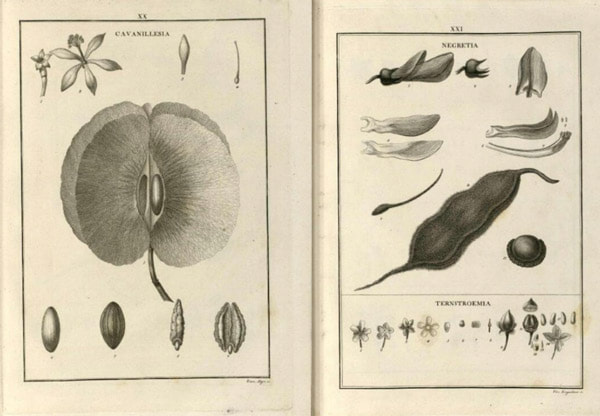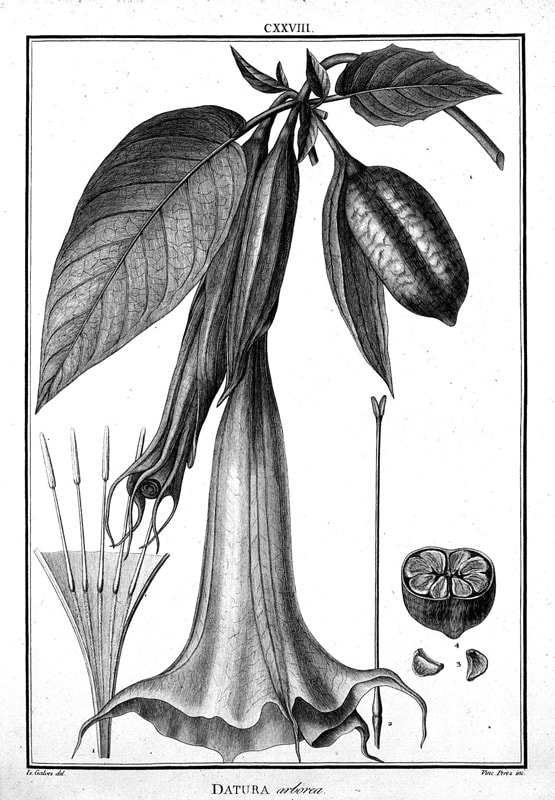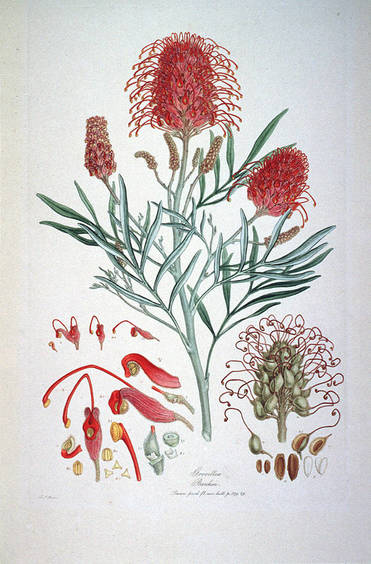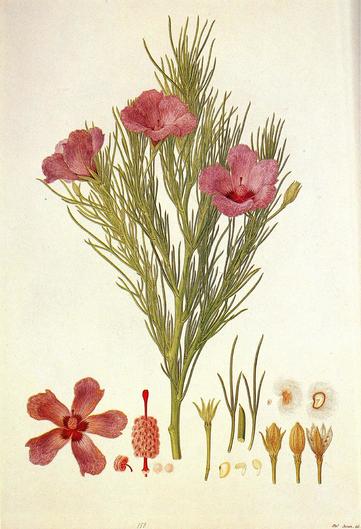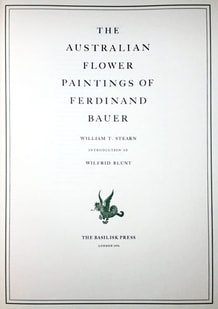- Home
- NEWS
-
HISTORY
- What is Botanical Art?
- What is Botanical Illustration?
- Botanical Art History Books >
- Herbals
- Florilegia and Flora
- Patrons of Botanical Art >
- Past Masters - Botanical Art and Illustration >
- Famous Asian Botanical Artists (600-1900)
- 20th & 21st Century Botanical Artists >
- Botanical Photographers
- Botanical and Herbal Art Online
-
ARTISTS
- Botanical Artists in the UK
- Botanical Artists in North America
- Botanical Artists in Europe
- Botanical Artists in Australia and New Zealand
- Botanical Artists in Asia
- Botanical Artists in Africa
- Botanical Artists in Latin America
- Botanical Printmakers, Photographers, Sculptors et al
- The Jill Smythies Award
- Botanical Artists on Facebook
- Botanical Art Blogs
-
Exhibitions
- Calls for Entries - OPEN exhibitions
- Online Exhibitions >
- RHS Botanical Art & Photography Shows >
- The Shirley Sherwood Gallery of Botanical Art >
- Hunt International Exhibition of Botanical Art & Illustration
-
UK
>
- North America >
- Europe >
- Australasia >
- Asia >
- Africa
- ARCHIVE: World Wide Exhibition of Botanical Art 2018
-
Education
- NEW BOOKS about Botanical Art and Illustration >
-
Best Botanical Art Instruction Books
>
- Tips and Techniques >
- Botanical Art Video Tips >
- Online Botanical Art Instruction >
- International Directory: Botanical Art Teachers
- International Directory of Botanical Art Courses >
- Artist Residencies, Scholarships and Bursaries
- Diplomas and Certificates >
- Distance Learning Courses
- Talks, Lectures & Tours
- Botanical Education on Facebook
- Materials
- Groups
-
Botany
- Why botany matters to artists
- Botany Books for artists >
- Scientific botanical illustration
- Plant Forms and Anatomy
- Plant Evolution and Taxonomy
- Plant Names and Botanical Latin
- Botanical Dictionaries
- How to Identify Plants
- Recording a Plant / Sketchbooks >
- Botanic Gardens & Herbaria >
- Blogs about Plants and Flowers
- Contact
|
A Florilegium is a collection of flower illustrations.
The word is Latin and the plural is Florilegia. A number of florilegia have been produced in the past and continue to be made today. |
A Flora is a botanical record of the plants
associated with a defined geographical area whether that place be a country, region or habitat This is very often illustrated. Floras are being produced today and will continue to be produced into the future. |
This is a big topic and this page will grow over time as more information about different Florilegia and Flora are added.
Suggestions for additions and associated material online is most welcome.
Suggestions for additions and associated material online is most welcome.
Florilegia and Flora
Florilegia and Flora which are completed and PUBLISHED projects have been separated into three categories for:
GARDENS
|
PLACES:
|
PLACES: EXPLORATION:
|
Current Florilegium Projects
These are typically projects initiated by Botanical Art Societies and can typically be found around the world in Botanical Gardens and other horticultural spaces. Plus other specific projects initiated by individuals (e.g. the Prince of Wales is associated with a second Florilegium project - this one in Europe).
The link (in the title) goes to the webpage which provides details about the various Florilegium Groups and Societies.
These are typically projects initiated by Botanical Art Societies and can typically be found around the world in Botanical Gardens and other horticultural spaces. Plus other specific projects initiated by individuals (e.g. the Prince of Wales is associated with a second Florilegium project - this one in Europe).
- UK: Chelsea Physic Garden, Highgrove, Bedgebury Pinetum (Kent), Eden Project (Cornwall), Hampton Court Palace, Sheffield Botanic Gardens
- Europe: The Transylvania Florilegium Project
- USA: Brooklyn, California - Filoli and Alcatraz; The Eloise Butler Wildflower Garden; Brooklyn Botanic Garden PLUS The Flora of North America (FNA)
- Australia: Sydney Botanic Gardens
The link (in the title) goes to the webpage which provides details about the various Florilegium Groups and Societies.
Botanic Endeavour
by The Florilegium Society at the Royal Botanic Gardens Sydney
This book was produced to mark the 250th anniversary of Captain Cook’s voyage in HMB Endeavour and is the second project undertaken by the Florilegium Society.
by The Florilegium Society at the Royal Botanic Gardens Sydney
This book was produced to mark the 250th anniversary of Captain Cook’s voyage in HMB Endeavour and is the second project undertaken by the Florilegium Society.
|
AUTHOR
The book has been compiled by the Florilegium Society at the Royal Botanic Garden Sydney. it includes
The Florilegium Society is a self-funded, voluntary organisation, endorsed by the Trust. EXHIBITION The planned exhibition Botanic Endeavour has been postponed because of the Pandemic - but will be held at a future date. |
SCOPE
It links the herbarium specimens collected by Banks and Solander on their expedition to Australia to the living plants which can be seen as part of the Living Collection of the three Gardens which make up the Royal Botanic Garden Sydney. The specimens are held in the National Herbarium of New South Wales. There are 45 paintings. Each double page spread has:
BASICS:
BUY THIS BOOK The book is limited to 600 copies. The book is available from the Society by mail order. Click [email protected] for further information. Click here to download order form |
The words 'Florilegium' and 'Flora'
Use of the term 'Florilegium'
|
The term florilegium is thought to have been first employed by Adriaen Collaert (1560-1618) in his work simply entitled ‘Florilegium’ published in 1590.
Historically and contemporaneously, the word 'florilegium' relates to a collection of illustrations recording plants in a specific garden. Florilegia have been and are most often commissioned to record the plants belonging to a wealthy person or a botanic garden |
The term has also also used to describe the collections of drawings and paintings of:
The word 'florilegium' is pronounced 'flori-lee-jum'. |
Origin of the word Florilegium
|
Use of the term 'Flora'
|
|
REFERENCE:
In terms of scientific prestige, writing Flora accounts, although challenging and laborious, scores very low. Floras are not rated as peer-reviewed scientific journal publications, so do not figure on any science citation index. Yet Floras are fundamental to identifying plant species in the areas that they cover. Unlike briefly sensational scientific papers that can be superseded in days or months, Floras remain in daily use for decades. They are the final word in resolving long-running uncertainties and disputes as to which plant name belongs to which plant species |
GARDENS: The Garden Florilegium
|
Below are details of some of the florilegium related to gardens in the past.
|
In the present day, a number of Florilegium Societies have been developed to document modern day gardens around the world.
You can see a list of the current Florilegium Societies on this website. |
Tradescants' Orchard - associated with the elder John Tradescant (d. 1638)
|
‘The Tradescants’ Orchard’ (1620–1629) is a seventeenth-century volume of sixty-six watercolours (usually to be found in the Bodleian Museum in Oxford) depicting fruit varieties that John Tradescant (1570 - 1638) and his son (also called John 1608-1662) might have grown in their market garden at Lambeth. Both Tradescants were English naturalists, gardeners, collectors and travellers. In 1629, John Tradescant came to Lambeth, close to where the Garden Museum which commemorates him is now located. The Tradescant Nursery, developed from seeds he collected on his travels, subsequently became one of the leading nurseries in the country in the early 1600s. The painters of the plates for the volume are unknown.
Both the Tradescants were buried in the churchyard of in the churchyard of St-Mary-at-Lambeth - which is now The Garden Museum (next to Lambeth Palace). Watercolours of garden fruits: strawberry, gooseberry, cherries, plums, damsons, date, apricots, nectarines, peaches, apple, pears, quince, hazel nut, grapes. There are 66 surviving pictures (sometimes including insects, birds, etc.), plus one inserted picture of a lily (fol. iv verso). They are arranged, species by species, roughly by date of ripening during the gardener's year. Earlier 17th century (after 1611, perhaps 1620s). |
REFERENCE:
- Tradescants' Orchard | Bodeleian Museum - a digital record of the original volume
- John Tradescant [the elder & the son] | Elmridge Hundred - an excellent biographical account of John Tradescant and his work
- John Tradescant the Elder | Wikipedia
- John Tradescant the Younger | Wikipedia
- Tradescant's Orchard - A Celebration of Botanical Art | Google Arts & Culture
|
EXHIBITION REFERENCE: Tradescant’s Orchard: A Celebration of Botanical Art (1 May - 4th October 2017)
In 2017, an exhibition of contemporary images of fruits were exhibited at the Garden Museum in London alongside the original Tradescants' Orchard volumes. I wrote about it as follows.
|
Hortus Eystettensis of Basilius Besler (17th Century)
|
The name Hortus Eystettensis means "The Garden of Eichstätt" in Latin. This florilegium contains 367 engraved plates depicting more than 100 flowers and provided a catalogue of the rare specimens growing in the spectacular gardens created in Bavaria by Prince-Bishop Johann Konrad von Gemmingen of Eichstätt.
In 1611, the Prince Bishop of Eichsttt in Germany was already terminally ill when he determined to record for posterity the spectacular garden he'd created at his palace in Bavaria with plants from around the world. Hundreds of his favourite flower One of the unique features of the book is that the plants are presented according to the seasons. The first print run was 300 copies which all sold within 4 years. REFERENCE:
|
The Flower Book of Alexander Marshal (17th Century)
|
Alexander Marshal (b? 1620 - d.1682) spent 30 years developing a book of flowers (a florilegium). He created 159 folios recording plants growing in English gardens and captured, for example, plants growing in orangeries. It was the first book to be created for personal enjoyment and private study.
It's particularly important now as it's the only surviving book about flowers from the seventeenth century. Interestingly it's also a record of Marshal's experiments with the extraction of pigments to create paints. He 'painted for his amusement', maintained two gardens and knew the Tradescants and other great gardeners. The inclusion of insects in his paintings also indicates his other great interest as an entomologist. He had earlier completed a florilegium of the plants in Tradescant's Garden in Lambeth which is now lost. It's thought that some of the watercolours at the end of Marshal's Flower Book may indicate some of the work that Marshal did in relation to Tradescant's Garden. The 159 folios portray some 600 native and exotic plants growing in England at the time. They are arranged according to season. |
REFERENCE
- The Florilegium of Alexander Marshal - Marshal’s florilegium was presented to George IV in the 1820s and the link is to a microsite about his work created by the Royal Collection at Windsor Castle.
- Journal of the History of Collections, Volume 13, Issue 1, 1 January 2001, Pages 96–97 | Oxford Academic https://doi.org/10.1093/jhc/13.1.96
- New publication from the Royal Collection: Mr Marshal's Flower Book | Royal Collection - this refers to the smaller sampler book published in connection with the exhibition Amazing Rare Things: The Art of Natural History in the Age of Discovery at The Queen’s Gallery, Buckingham Palace in 2008.
The Florilegium of Alexander Marshal at Windsor Castle
by Prudence Leith Ross
by Prudence Leith Ross
|
This is the only known example of a flower book painted by an English artist in the seventeenth century. The collection of Natural History Drawings kept at Windsor Castle includes the Florilegium of Alexander Marshal presented to King George IV. This book is a work of scholarship and is the principal source of reference for information about Alexander Marshall. |
The gardens it relates to are those of Alexander Marshal and those he worked in as a 'florist' (flower-grower).
This book provides:
A smaller 'sampler' version of this book was published to coincide with the exhibition Amazing Rare Things: The Art of Natural History in the Age of Discovery at The Queen’s Gallery, Buckingham Palace in 2008. |
THIS IS A BIG BOOK
Hardcover: 368 pages Publisher: Royal Collection Trust Publication date: 2 May 2000 Average Customer Rating out of 5 stars:
The Florilegium of Alexander Marshal: at Windsor Castle
The Florilegium of Alexander Marshal at Windsor Castle
|
The Gottofer Codex and the Moller Florilegium (17th Century)
|
Johannes (Hans) Simon Holtzbecher (1610-1671) was a Hamburg flower painter who was responsible for
The Gottorfer Codex was commissioned by Duke Friedrich III of Schleswig-Holstein-Gottorf to depict the wide assortment of plants that grew in the ducal gardens at Gottorf Castle (Gottorp) in the duchy of Schleswig. The Codex is a four volume work consists of 365 illustrated pages depicting 1,180 plants painted in gouache from life on vellum. It was developed between 1649 and 1659. Holtzbecker worked at Gottorp Castle and in Hamburg, where he received boxes of flowers to paint from. The Moller Florilegium by Hans Simon Holtzbecker (d. 1671) depicts flowers and fruits in the baroque private garden of Bürgermeister (Mayor) Barthold Moller of Hamburg (1605-1667). It comprises five volumes of 207 paintings of flowers and fruits. Three of these volumes have been preserved. Two volumes are in the Staats- und Universitätsbibliothek Hamburg (the largest general scientific library in the city of Hamburg) - one of which was acquired at Christie’s for £551,500. A third volume is in the Oak Spring Garden Library of the late Rachel (Bunny) Mellon in the United States. The book is an important source for the history of floral painting and garden art, as well as historical botany and the introduction of ornamental plants in Germany. |
REFERENCE:
- Gottofer Codex | Wikimedia
- Pictures of the "Gottorfer Codex" | Wikimedia Commons - (danish: Gottorpsk Codex), a collection of gouache paintings on vellum depicting flowers of the garden of Schloss Gottorf, created between 1649 and 1659.
- Hamburg's most precious flower book: The Moller Florilegium
- Hans Simon Holtzbecker: The Moller Florilegium .
- Database of Scientific Illustrators 1450 - 1950
- Hans Simon Holtzbecker (Biographical details) | British Museum
Hortus Nitidissimis - Christopher Trew and Georg Ehret (18th Century)
|
The Hortus Nitidissimis was a collaboration between the artist Georg Dionysius Ehret and the learned doctor and amateur horticulturalist Christoph Jacob Trew. Originally published somewhat erratically between 1750 and 1786 as a periodical - with gaps between images and associated text. It was intended, when collected, to form a superlative collection of botanical prints
However it is rarely found complete. A project between the Royal Botanic Gardens at Kew and the Natural History Museum, with funding by the Andrew W. Mellon Foundation, created a compilation of this book. |
The Highgrove Florilegium (21st Century)
|
This is a contemporary Florilegium of the garden at Highgrove, the home of HRH The Prince of Wales.
It was developed over seven years by by a group of invited artists to celebrate the 60th birthday of Prince Charles. It was published in two volumes by Addison Publications. Unfortunately the website has changed and you can no longer read any information about the artists who contributed to this Florilegium on the publisher's website
|
Technical details:
Subscribers to The Highgrove Florilegium include major Botanic Gardens around the world. You can find out more about The Making of the Highgrove Florilegium in this blog post. |
PLACES: The Flora and Florilegium of Specific Places
The Florilegia developed in relation to geographical areas arise from two distinct sets of activities:
- ECOLOGY and Flora - projects to document the plant life found in specific KNOWN geographical areas to get a better understanding of the botany and ecology systems relating to a very specific geographic area. Boundaries of such areas may be biased towards ecosystems or might relate to political divisions (e.g. country or state).
- EXPLORATION and Florilegium - the documentation of the plants found as a result of journeys of DISCOVERY (eg Banks Florilegium) - that typically occurred in the past. These collections typically covered a number of countries, various climates and ecosystems for plant life.
ECOLOGY: The Flora and Florilegium of Known Places
These florilegia are associated with places well known for hundreds or thousands of years and typically did not involve long voyages of discovery even if the projects themselves involved travel and took a long time to complete. The focus was on mapping the plant life endemic to a specific place.
In some cases, the projects are based much closer to home in terms of where botanical artists and illustrators were based eg London!
In some cases, the projects are based much closer to home in terms of where botanical artists and illustrators were based eg London!
The Codex Liechtenstein Liber Regni Vegetabilis - Book of the Plant Kingdom (18th Century)
|
The fourteen volume Liber Regni Vegetabilis (Book of the Plant Kingdom) - the Codex Lichenstein - was created in the 18th century over a period of some 30 years by a team of specialist botanical artists.
It contains detailed natural history illustrations containing 2,748 plates of some 3,100 different plant species from all over the world. These were
Franz and Ferdinand Bauer were involved at a very early stage in their career and produced more than half the paintings in the Codex. The book demonstrates how the Bauer brothers used codes to specify the colours to illustrate the plants, and with what refinement they produced their watercolour paintings. |
REFERENCE
|
|
Garden for Eternity: The Codex Liechtenstein
by H. W. Lack (Author), Illustrators: Ferdinand Bauer and Franz Bauer |
Hardcover: 344 pages Publisher: Benteli Verlag Publication date: February 2001 BUY FROM THE UK A Garden for Eternity: The Codex Liechtenstein
BUY FROM THE USA
Garden for Eternity: The Codex Liechtenstein
|
Flora Londinensis (late 18th Century)
Flora Londinensis, or, Plates and descriptions of such plants as grow wild in the environs of London : with their places of growth, and times of flowering, their several names according to Linnæus and other authors : with a particular description of each plant in Latin and English : to which are added, their several uses in medicine, agriculture, rural œconomy and other arts The full title of Flora Londinensis by the botanist William Curtis (1746-1799) and Elizabeth Marbury (1856-1933) can be seen above!
Curtis has been the demonstrator of plants and Praefectus Horti at the Chelsea Physic Garden from 1771 to 1777. The Flora:
In 2008, a copy of Flora Londinensis fetched £9,375 (US$ 18,403) at an auction at Christies in London |
|
REFERENCE:
Botanical Images from Flora Londinensis
|
Flora Graeca (19th Century)
(Flora Graeca is ) “the greatest botanical work that has ever appeared” |
"the most costly and most magnificent flora ever produced" |
|
Book: The Flora Graeca relates to flowering plants in Greece. It first appeared in a series of volumes published between 1806 and 1840.
Author: John Sibthorp (the third Sherardian Professor of Botany at Oxford University) The project was produced and published posthumously after his early death at the age of 38. His estate helped to fund the publication of the Flora Graeca. Illustrations: 966 plates - based on 996 watercolours by Ferdinand Bauer. He produced the watercolours in Oxford and each took about a day and a half to produce. The engraving of Bauer's watercolours was undertaken by James Sowerby. |
The book records a survey of plants found in the Levant - Greece and the eastern Mediterranean in the late nineteenth century.
The aim was to identify all 700 flora that were first described by Dioscorides in the sixth century. The idea was to regain the knowledge of the benefit of plants The survey was conducted during between March 1786 and December 1787. Sibthorp was responsible for collecting specimens and then providing a written description. Bauer drew the plants - including colour-coded sketches - and then dried the specimens so they could be brought home and added to a herbarium. Only 25 copies of the first volume were produced. To buy a volume when it was first published cost around £250 at a time when the average wage per year was £39.
It was so expensive that even John Lindley, Assistant Secretary of Horticultural Society and the book’s final editor was unable to afford to buy a copy! The Bodleian Library in Oxford has all the original watercolours produced by Bauer and the associated documentation and material about the survey. REFERENCE:
|
A video introduction to Flora Graeca by Dr Stephen Harris, Druce Curator of the Oxford University Herbaria.
|
The Magnificent Flora Graeca:
How the Mediterranean Came to the English Garden by Stephen Harris (Author)
|
Hardcover: 192 pages Publisher: The Bodleian Library Publication date: 1 April 2007 BUY IN UK BUY IN USA
|
|
The Flora Graeca Story: Sibthorp, Bauer, and Hawkins in the Levant
by H.W. Lack and David Mabberley
|
Hardcover: 360 pages
Publisher: OUP Oxford (5 Nov. 1998) 360 Pages | 16 plates, 52 halftones, 6 maps 276x219mm ISBN: 9780198548973 The OUP will print this to order. The Flora Graeca Story: Sibthorp, Bauer, and Hawkins in the Levant
|
The North American Sylva
|
Originally published as Histoire des arbres forestiers de l'Amérique septentrionale, considérés principalement sous les rapports de leur usages dans les arts et de leur introduction dans le commerce. by French Botanist François André Michaux (1770 – 1855)
Subsequently, this 3-volume work was also translated from the French and published in English with the following title The North American Sylva, or A description of the forest trees of the United States, Canada and Nova Scotia. Considered particularly with respect to their use in the Arts, and their introduction into Commerce; to which is added a description of the most useful of the European forest trees. It was illustrated by 156 stipple engraved plates after Redoute, Bessa and others printed in colors and finished by hand.
REFERENCE:
|
The Transylvania Florilegium Project (21st Century)
|
The aim of this project is to make a permanent record of the diversity of the flora in the unchanged meadows of Transylvania around the area of HRH Prince of Wales’s Transylvanian Guesthouses in a Saxon village. There are about 2,000 species which flower generally from May through July.
The project is run under the aegis of the Prince’s School of Traditional Arts, founded by HRH The Prince of Wales and is led by Helen Allen. It started in 2012 and aimed to cover all seasons over the course of five years. See articles about the exhibition and publication in 2018:
|
The Botanical ArtistsLeading botanical artists from America, Australia, England, France, Holland, Japan, New Zealand, South Africa, Switzerland and Turkey were invited to take part in the project. A small group would visit and have two weeks to record the material they need to produce three paintings two from the meadows surrounding Viscri and a third from Zalanpatak.
The participating artists are:
|
EXPLORATION - The Florilegium of Voyages of Discovery
Some of the most famous examples of Florilegia are associated with major voyages of discovery by Captain Cook and others.
Banks' Florilegium (18th Century; 20th Century)
|
This florilegium records and portrays the plants collected by Joseph Banks and drawn and painted by Sydney Parkinson on their voyage around the world with Captain James Cook (1768 and 1771).
Plants were collected in Madeira, Brazil, Tierra del Fuego, the Society Islands, New Zealand, Australia and Java. Banks and his team collected 30,300 specimens of plants representing 3607 species. Of these at the time of the voyage, some 1400 were unknown. Parkinson died on the voyage. Banks' Florilegium was subsequently produced by a team of artists working for Daniel Solander and from Parkinson's drawings and paintings made on the voyage - plus plant material brought back to the UK. It took 5 artists to produce 743 completed watercolours from Parkinson's drawings, studies and annotations as to colour. 18 engravers were then hired to produce copperplate line engravings of the paintings. Banks left the plates to the British Museum who has in turn deposited them with the Natural History Museum. However the Florilegium was not actually printed until the late 20th century! The British Museum entered into a partnership with Alecto Historical Editions and in the 80s the first complete colour edition was produced - in 34 parts and 100 sets. You can now see the plates online - see links to Editions Alecto below |
REFERENCE:
- Wikipedia - Banks' Florilegium - 1770-1990 - Banks' Florilegium is a collection of copperplate engravings of plants collected by Sir Joseph Banks and Daniel Solander while they accompanied Captain James Cook on his voyage around the world between 1768 and 1771.
- National Museum of Australia - Banks' Florilegium - An introduction to the Endeavour botanical illustrations
- Editions Alecto: Banks Florilegium - Home Page - Alecto Historical Editions published Banks Florilegium in association with the British Museum (Natural History).
- Editions Alecto - Banks Florilegium - Plants by Family - A Banks Florilegium Plates - Index by Plant Familie
Joseph Banks' Florilegium: Botanical Treasures from Cook's First Voyage
by David Mabberley, Mel Gooding, Joseph Studholme
by David Mabberley, Mel Gooding, Joseph Studholme
|
This was my 2017 Christmas present!
This is the first time these images have been published as a book for the discerning botanical art fan. This is an exceptional book. It's also not a cheap book. |
Banks commissioned more than 700 engravings between 1772 and 1784 following his return from his voyage around the world with Captain Cook.
These engravings are known collectively as Banks’ Florilegium. However the Florilegium was never published in Banks’ lifetime (read the story above ) In 1990, a complete set in colour was issued in a boxed edition (limited to 100 copies) under the direction of the British Museum. For this book a limited set of full colour plates has been chosen for publication. The book includes a total of 175 illustrations (including black and white)
|
Hardcover: 320 pages
Artwork: 175+ illustrations in color and black and white Size: 10.5 in x 14 in Publisher: Thames and Hudson Ltd; Publication date: (1st edition): 19 October 2017 RECOMMENDED: Rated 5 out of 5* by 7 reviewers in the UK and USA BUY from Amazon UK BUY from Amazon.com
|
Florae peruvianae et chilensis (Madrid 1794)
|
Full Title: Florae peruvianae, et chilensis prodromus, sive novorum generum plantarum peruvianarum, et chilensium descriptiones, et icones.
Authors: by Hipólito Ruiz López (1754–1815) and José Antonio Pavón y Jiménez (1754–1844), botanists of the Expedition of Peru, and of the Royal Medical Academy of Madrid Publication: 1794 in Madrid: at the Sancha printing press Language: The book is written in both Latin and Spanish. The entire work is preserved in the Jardin botánico de Madrid. The title in English means "Descriptions and prints of the new genera of plants of the flora of Peru and Chile" The authors intended the book to be published in 8 volumes and by later design in 12. However as with many similar projects this was not achieved. Only the first 3 volumes were ever published and the others remain in manuscript. In addition the 100 plates to accompany v. 4 and also some for v. 5 were prepared. |
REFERENCE / READING:
This is the Reference page for the book at the Real Jardin Botanico's Digital Library
You can view the entire book on
This is the Reference page for the book at the Real Jardin Botanico's Digital Library
You can view the entire book on
- the Biblioteca Digital - illustrations are at the end.
- Another digital version is available on Botanicus (digitised 2009). However you can also view the text version and the individual plates (which are either great or really awful!) You can also download it. Download (28 MB PDF)
Ferdinand Bauer's Illustrationes Florae Novae Hollandiae (1813)
|
This Florilegium relates to the exploration of Australia in 1802 by Captain Matthew Flinders RN (1774-1814) on HM Investigator. He was accompanied by:
Their mission was to map the coastline of the land mass yet to be named Australia and to study the plant and animal life they found there. It was called New Holland at the time of the trip. The ship was fitted out so that it was suitable for a scientific investigation and the recording of plants and preservation of plant material. Guidance on this was provided by Sir Jospeh Banks who was also influential in stimulating the trip. The Investigator returned to England in 1805 carrying Brown and Bauer and their collections of thousands of specimens and hundreds of sketches. In fact they had 11 boxes of 1,542 drawings of Australian plants, 180 plants of the Norfolk Islands and over 300 animals. Bauer had been unable to complete any paintings because of problems with paper becoming covered with spots of mold due to the general state of what was a leaky ship. Two publications resulted from the trip and were undertaken by the Brown and Bauer working on their own. Brown produced a flora of Australia in 1810 called Prodromus Florae Novae Hollandiae et Insulae Van Diemen (Prodromus of the Flora of New Holland and Van Diemen's Land) Bauer produced the florilegium llustrationes florae Novae Hollandiae almost single handedly. He created the original botanical llustrations from speciments. He then engraved the printing plates and hand-coloured the illustrations. His decision to do his own engravings was due to an inability to find a competent engraver of plant material. The project was a financial disaster and he did not complete it. Almost 2,000 original drawings by Ferdinand Bauer are now owned by the Naturhistorisches Museum (Natural History Museum) in Vienna, Austria. |
|
REFERENCE:
Exhibition:
- Bauer, Ferdinand Lukas (1760–1826) by L. A. Gilbert | Australian Dictionary of Biography
- In Honour of Ferdinand Bauer by Florence Dwight | Australia Plants Online
- Flinders Voyage - The Artists | Government of South Australia - an account of the voyage and the work the artists did.
Exhibition:
- "Ferdinand Bauer - the first Austrian artists in Australia" | Naturhistorisches Museum August 27 to September 28, 2014
The Australian Flower Paintings of Ferdinand Bauer
by William T Stearn | Illustrations by Ferdinand Bauer
by William T Stearn | Illustrations by Ferdinand Bauer
|
A Limited Edition of 515 copies of The Australian flower paintings of Ferdinand Bauer was produced in 1976 which now sells for very high prices - IF you can get hold of a copy.
The Australian Flower Paintings of Ferdinand Bauer
|
|
SITE INDEX
HISTORY Famous Botanical Artists of the Past
BANNER IMAGE: a view of Basilius Besler's Hortus Eystettensis printed in Nuremberg in 1613 - in the Library of Université de Liège source: Wikimedia Commons |
MORE:
Individual pages for leading botanical artists of the past (see below)
|
Resources about Botanical Art and For Botanical Artists
ABOUT: About the Author | Contact | Testimonials | Privacy Policy COPYRIGHT 2015-22: Katherine Tyrrell all rights reserved.
|
NEWS
News Blog about artists, awards, exhibitions etc. |
EXHIBITIONS
- Calls for Entries - Exhibitions around the world - Online Exhibitions - RHS Exhibitions - Hunt Exhibitions ORGANISATIONS
- Botanical Art Societies - national / regional / local - Florilegium & Groups - Botanical Art Groups on Facebook |
EDUCATION
- Tips and Techniques - Best Botanical Art Instruction Books - Directory of Teachers - Directory of Courses - Online Botanical Art Courses - Diplomas and Certificates - Talks, Lectures and Tours ART MATERIALS (Paper / Vellum) BOTANY FOR ARTISTS - Scientific Botanical Illustration - Best Botany Books for Artists - Plant Names & Botanical Latin BOTANIC GARDENS & Herbaria |
FEEDBACK
Please send me . - news to share - info. about exhibitions - any suggestions for what you'd like to see on this website ADVERTISE Contact me if you'd like to promote workshops and courses on this site. AFFILIATION This website is free to you but not for me! (See Affiliate Income below) |
|
Cookies, Personal Data & Privacy tells you how this site relates to and impacts on you and your privacy - and your choices.
Product & company names may be trademarks of their respective owners |
About Affiliate Income: This website has been created to share information not to make a profit. I am an Amazon Associate and earn from qualifying purchases (e.g. books from Amazon) which helps offset costs associated with maintaining this very large website.
|
- Home
- NEWS
-
HISTORY
- What is Botanical Art?
- What is Botanical Illustration?
- Botanical Art History Books >
- Herbals
- Florilegia and Flora
- Patrons of Botanical Art >
- Past Masters - Botanical Art and Illustration >
- Famous Asian Botanical Artists (600-1900)
- 20th & 21st Century Botanical Artists >
- Botanical Photographers
- Botanical and Herbal Art Online
-
ARTISTS
- Botanical Artists in the UK
- Botanical Artists in North America
- Botanical Artists in Europe
- Botanical Artists in Australia and New Zealand
- Botanical Artists in Asia
- Botanical Artists in Africa
- Botanical Artists in Latin America
- Botanical Printmakers, Photographers, Sculptors et al
- The Jill Smythies Award
- Botanical Artists on Facebook
- Botanical Art Blogs
-
Exhibitions
- Calls for Entries - OPEN exhibitions
- Online Exhibitions >
- RHS Botanical Art & Photography Shows >
- The Shirley Sherwood Gallery of Botanical Art >
- Hunt International Exhibition of Botanical Art & Illustration
-
UK
>
- North America >
- Europe >
- Australasia >
- Asia >
- Africa
- ARCHIVE: World Wide Exhibition of Botanical Art 2018
-
Education
- NEW BOOKS about Botanical Art and Illustration >
-
Best Botanical Art Instruction Books
>
- Tips and Techniques >
- Botanical Art Video Tips >
- Online Botanical Art Instruction >
- International Directory: Botanical Art Teachers
- International Directory of Botanical Art Courses >
- Artist Residencies, Scholarships and Bursaries
- Diplomas and Certificates >
- Distance Learning Courses
- Talks, Lectures & Tours
- Botanical Education on Facebook
- Materials
- Groups
-
Botany
- Why botany matters to artists
- Botany Books for artists >
- Scientific botanical illustration
- Plant Forms and Anatomy
- Plant Evolution and Taxonomy
- Plant Names and Botanical Latin
- Botanical Dictionaries
- How to Identify Plants
- Recording a Plant / Sketchbooks >
- Botanic Gardens & Herbaria >
- Blogs about Plants and Flowers
- Contact
